Genetic Testing in Chronic Kidney Disease (CKD): Insights and Applications
Genetic testing plays a crucial role in identifying inherited kidney diseases, with around 15% of CKD cases having monogenic causes. Despite a high percentage of patients reporting a family history of CKD, Mendelian causes only account for about 10% of adult ESRD cases. Understanding the genetic bas
1 views • 52 slides
Overview of Human Genetic Disorders
Human genetic disorders encompass a range of conditions, from recessive disorders like cystic fibrosis to dominant disorders such as Huntington's disease. Examples include cystic fibrosis, Huntington's disease, and sickle-cell anemia. Understanding genetic disorders involves research and awareness o
1 views • 10 slides
Genetic Engineering: From Basics to Applications
Genetic engineering involves altering the genetic material of organisms to achieve desirable traits. This process entails cutting out specific genes from one organism and transferring them to another. In medicine, genetic engineering finds applications in gene therapy, hormone production, and vaccin
1 views • 12 slides
Genetic Markers in Molecular Mapping
Genetic markers play a crucial role in gene mapping within molecular biotechnology. They are fragments of DNA associated with specific genomic locations, aiding in identifying DNA sequences and analyzing genetic variation. Various types of genetic markers such as RFLP, SSR, and SNP offer insights in
1 views • 26 slides
Different Types of Drosophila Mutants at Mohanlal Sukhadiya University
Discover the various Drosophila mutants, including Yellow Type, Ebony, Orange-eye, White Eye, Eyes Absent, Leg-headed, and Curly Wings, with unique genetic characteristics and visible phenotypes. This practical Zoology insight provides an in-depth look into mutations affecting body color, eye pigmen
0 views • 11 slides
Genetics: Mutations, Chromosomal Aberrations, and Genetic Engineering
Genetic mutations can be harmless, harmful, or beneficial, leading to variations within a species. Examples of gene mutations and chromosomal aberrations, like Trisomy 21, illustrate genetic abnormalities. The increase in Down Syndrome cases with maternal age highlights a maternal age effect. Geneti
1 views • 17 slides
Improving Microbial Productivity and Characteristics for Industrial Applications
Efforts to enhance the productivity of natural isolates for commercial products involve genetic modifications through mutation, genetic recombination, and genetic engineering techniques. Desired characteristics include genetic stability, efficient production, versatility in carbon sources, and ease
3 views • 25 slides
Classification and Genetic Defects of Diabetes
The diagnosis and differential diagnosis of Type 1 and Type 2 diabetes are discussed, detailing the clinical courses, age of onset, body weight characteristics, onset patterns, and genetic factors. The etiologic classification of diabetes including insulin-deficient, immune-mediated, monogenic, and
0 views • 16 slides
Evolution of Plant Improvement: Domestication to Genetic Modification
Plant improvement has evolved through different eras - from ancient domestication to the Green Revolution and genetic modification. Domestication shaped major crops over millennia, the Green Revolution introduced high-yielding varieties, and genetic modification allows direct genetic alterations for
1 views • 6 slides
Genetic Manipulation in Environmental Biotechnology
Genetic manipulation strategies in environmental biotechnology involve techniques like gene splicing and molecular cloning to modify genes directly. These methods have various applications such as isolating genes, producing specific molecules, improving biochemical production, creating organisms wit
1 views • 20 slides
Bacterial Transformation in Molecular Biology
Transformation in molecular biology is a process where genetic material is altered by the uptake of exogenous DNA. It involves the direct incorporation of genetic material into a cell, leading to genetic changes. This phenomenon was first demonstrated by Frederick Griffith in 1928. The process of tr
4 views • 25 slides
Genetic Counselors and the NSGC
Genetic counselors play vital roles in healthcare by assisting patients with genetic conditions, advocating for their needs, educating providers, conducting research, and influencing public policy. The National Society of Genetic Counselors (NSGC) supports genetic counselors in their professional en
4 views • 12 slides
Genetic Carrier Screening for Recessive Disorders by GENDIA, Antwerp, Belgium
Explore the world of genetic carrier screening offered by GENDIA in Antwerp, Belgium. Learn about prenatal screening for various genetic disorders, including Down syndrome and severe monogenic disorders. Discover the frequency of common recessive disorders and the severity of genetic diseases. Uncov
0 views • 17 slides
Genetic Screening and Reproductive Carrier Testing in New Zealand Fertility Clinics
Genetic screening and reproductive carrier testing play crucial roles in identifying and managing genetic disorders in couples planning for pregnancy. While carrier screening is recommended for all couples, it is not widely followed in New Zealand. Pre-conceptual reproductive carrier screening is no
0 views • 19 slides
Direct-to-Consumer Genetic Testing: Cases and Considerations
Explore real-life scenarios of individuals opting for Direct-to-Consumer Genetic Testing (DTC-GT) to assess genetic risk for various health conditions. Consider the implications, limitations, and cautions associated with DTC-GT, highlighting the importance of comprehensive evaluation and genetic cou
0 views • 39 slides
Genetic Disorders and Their Impact on Health
Genetic disorders are caused by abnormalities in genes or chromosomes, leading to various health conditions. Inherited disorders can be passed down from parents to children, affecting physical makeup and processes in the body. In India, there is a high prevalence of genetic disorders, particularly i
1 views • 12 slides
DNA and RNA as Genetic Material
Genetic material plays a crucial role in the transmission of traits from one generation to the next. This article explores the significance of DNA and RNA as genetic material, highlighting key experiments and discoveries that demonstrate DNA's role in carrying hereditary information. From Mendel's h
0 views • 32 slides
Bikini Bottom Genetics: Predicting Traits and Probabilities
Delve into the genetics of SpongeBob's world as we explore allele combinations, phenotypes, and probabilities in predicting traits for SpongeSally, SpongeBillyBob, and other citizens of Bikini Bottom. From body shape to eye shape, uncover the genetic makeup behind Squarepants and Roundpants in this
0 views • 15 slides
Punnett Squares for Predicting Offspring Genotypes
Punnett squares are a visual tool used to predict the possible genotypes and phenotypes of offspring based on the parent's genetic makeup. By following simple steps and understanding dominant and recessive traits, you can calculate the likelihood of different genetic outcomes for traits like hair co
0 views • 7 slides
The Key Articles of the Nagoya Protocol on Access to Genetic Resources and Benefit-Sharing
The Nagoya Protocol aims to promote fair sharing of benefits from genetic resources utilization for conservation efforts. It encompasses access, technology transfer, funding, and respect for rights over resources and technologies. The protocol applies to genetic resources, traditional knowledge, and
2 views • 19 slides
Genetic Inheritance: Going Beyond Mendel
Exploring genetic inheritance beyond Mendel's principles, this content delves into topics like incomplete dominance, codominance, pleiotropy, epistasis, and multiple alleles. Discover how genes interact to shape phenotypes and learn about interesting genetic phenomena like Marfan syndrome and the AB
0 views • 20 slides
Genetics: Chromosomes, Genes, and Inheritance
Genetics encompasses the study of chromosomes, genes, and inheritance patterns. Chromosomes are bar-like structures carrying DNA, with homologous pairs determining traits. Autosomes and sex chromosomes play roles in genetic makeup. Genes are hereditary units determining individual traits, with allel
0 views • 20 slides
Epistasis: Genetic Interactions and Their Implications
Epistasis is a phenomenon where the phenotypic expression of one gene is influenced by interactions with another gene. This concept, first introduced in 1909, plays a crucial role in genetics, affecting various traits and evolutionary processes. The difference between dominance and epistasis lies in
1 views • 41 slides
Genotype and Phenotype in Hereditary Traits
Exploring simple heredity through predicting and modeling phenotypes of Crazy Creatures, students are tasked with contrasting genotype and phenotype. The Crazy Traits lab data table is essential for recording alleles and genotypes, aiding in determining phenotypes for 14 different traits. By complet
0 views • 4 slides
Genotype and Phenotype: The Genetic Basis of Organism Variation
Genotype determines the genetic makeup of an organism, while phenotype encompasses its observable traits. Johannsen's theory states that phenotype is a result of genotype, which remains constant throughout life. The concept of phenocopy refers to mimicking another phenotype without altering the geno
0 views • 15 slides
Genetics II Jeopardy: Linked Genes, Genetic Mapping, and Sex Chromosomes
Explore the world of genetics with Genetics II Jeopardy, covering topics such as linked genes, genetic mapping, sex chromosomes, and inheritance patterns. Discover the significance of gene location on chromosomes, the concept of recombination frequency, and the role of specific genes like SRY in mal
0 views • 26 slides
Evolutionary Computation and Genetic Algorithms Overview
Explore the world of evolutionary computation and genetic algorithms through a presentation outlining the concepts of genetic algorithms, parallel genetic algorithms, genetic programming, evolution strategies, classifier systems, and evolution programming. Delve into scenarios in the forest where gi
0 views • 51 slides
Genetic Inheritance Through Punnett Squares
Explore the fascinating world of genetic inheritance by delving into Punnett Squares, traits, alleles, dominance principles, phenotypes, and genotypes. Discover how characteristics are passed down from one generation to another through genes. Learn about homozygous and heterozygous traits and get re
0 views • 22 slides
Genomic Recursions in Genomic BLUP for Animal Breeding
Explore the application of genomic recursions in single-step genomic best linear unbiased predictor (BLUP) for genetic evaluations in animal breeding. Understand the significance of using genomic data to improve genetic selection, increase accuracy, shorten generation intervals, and enhance genetic
0 views • 31 slides
Biotechnology: From Ancient Techniques to Modern Genetic Engineering
Biotechnology is the study of utilizing tools from living organisms to develop new products and processes for the benefit of society. It encompasses ancient practices like fermentation to modern genetic engineering techniques, such as manipulating genetic information in organisms. The Human Genome P
1 views • 31 slides
Overview of HL7 V2 Genetics Messaging and LOINC Genetic Testing Codes
This content delves into the proposed HL7 V2 genetics message, NLM forms builder, UCUM validator, and the current state of genetic testing codes in LOINC. It discusses the types of molecular genetic tests present in LOINC and the evolution towards newer genetic tests. The content also covers how LOI
0 views • 21 slides
Human Genetic Variation and Its Implications
These slides explore the connection between genetic variations and phenotypes, focusing on how the human genome varies between individuals, identifying associations with phenotypes/diseases, and the impact of sequencing technologies on reading the genome. The evolution of projects like HapMap and th
0 views • 35 slides
Genetic Improvement of Dairy Cattle: Key Components and Strategies
Understanding the genetic improvement of dairy cattle is crucial for enhancing milk production. This article explores the key components involved, such as unique identification systems, parentage recording, milk yield monitoring, artificial insemination, and genetic evaluation methods. Achieving exc
0 views • 11 slides
Genetic Interaction and Epistasis in Biosynthetic Pathways
Genetic interaction and epistasis play crucial roles in determining phenotypic traits through the intricate network of genes, enzymes, and metabolic pathways. This concept is illustrated through a detailed explanation of how mutations in specific genes can affect the production of metabolites and ul
0 views • 24 slides
Genetic Interactions in Chicken Combs: Epistatic and Non-Epistatic Examples
In chicken genetics, epistatic and non-epistatic interactions play a crucial role in determining comb size and shape. Bateson and Punnett's studies on fowls revealed how different gene pairs interact to produce distinctive phenotypes. Epistatic interactions, such as dominant epistasis, influence the
0 views • 16 slides
GWAS: A Brief Overview of Genetic Association Studies
GWAS, or Genome-Wide Association Studies, are a method used to map genes associated with traits or diseases by analyzing genetic markers throughout the genome. This process involves statistically testing the association between SNPs and traits using regression or chi-squared tests in a hypothesis-fr
0 views • 19 slides
DNA Editing of Retrotransposons and Mammalian Genome Evolution
Large-scale DNA editing of retrotransposons plays a crucial role in accelerating mammalian genome evolution. Retrotransposons, accounting for half of the human genome, are mobile elements that can lead to mutations and genetic disorders but also serve as a reservoir for genetic innovation, rewiring
0 views • 26 slides
Genetic Architecture of Smoking Behavior Traits: Meta-Analysis Insights
Exploring the genetic basis of smoking behavior-related traits through a meta-analysis combining data from three large consortia across 58 different cohorts/datasets. The study investigates genetic variants associated with cigarettes per day, pack years, smoking initiation, and smoking cessation. Ov
0 views • 34 slides
Insights into Eye Color Phenotypes and Probabilities
Understanding eye color phenotypes and probabilities through visual analysis of data from Ireland, Greece, and Poland. Utilizing programming techniques to create colorized scatterplots, frequency tables, and probability lists. Observations reveal how high probabilities of certain eye colors translat
33 views • 7 slides
BCH 462- Biotechnology & Genetic engineering [Practical]
Explore the practical application of restriction enzymes and genetic polymorphism in biotechnology and genetic engineering labs. Learn about the differences in DNA sequences among individuals, the role of restriction enzymes in creating genetic variation, and the impact on DNA fragment sizes. Discov
0 views • 22 slides
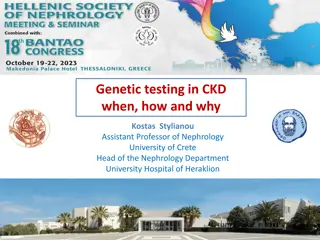

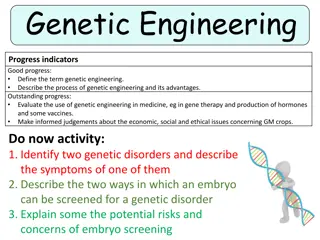

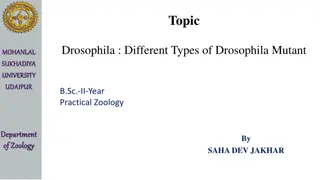


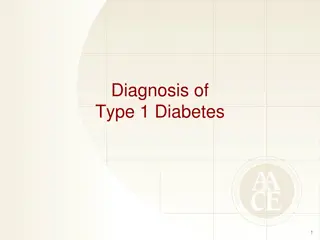
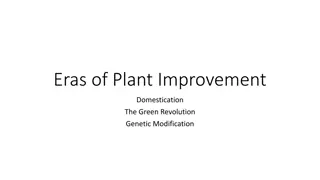

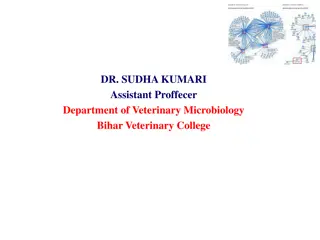


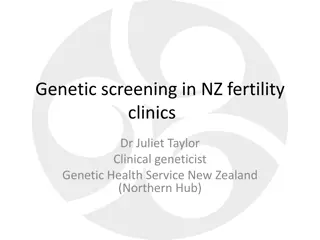
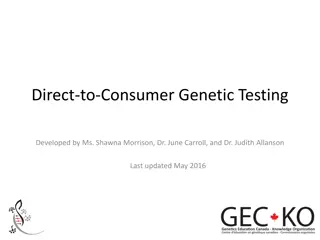
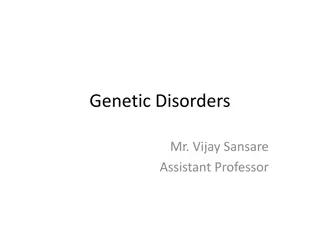
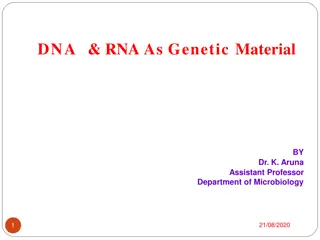



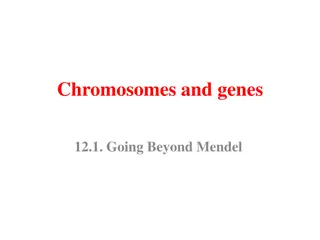
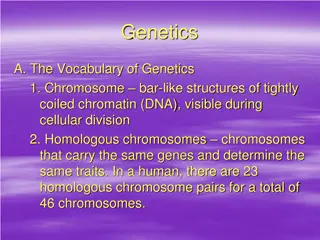
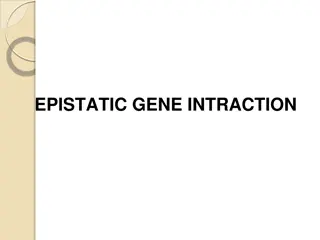
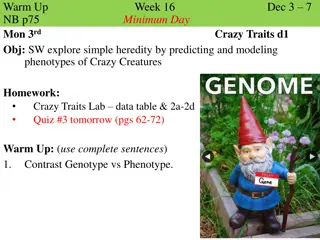
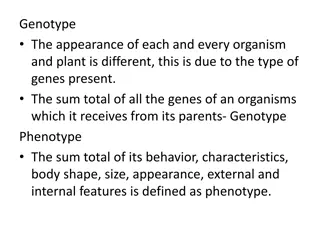


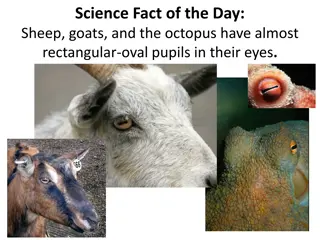

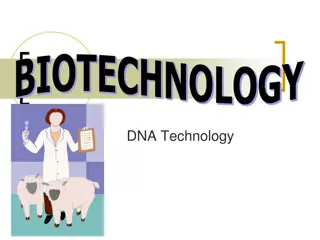
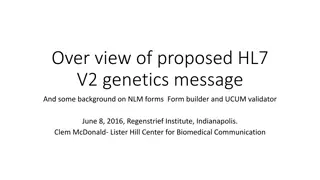
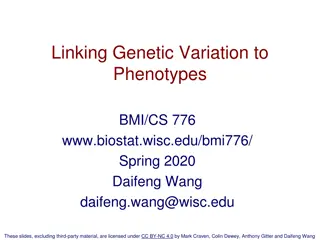
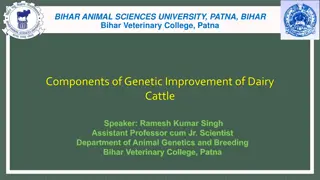
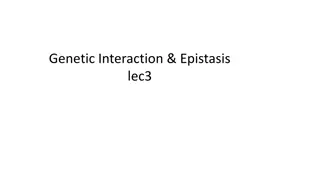
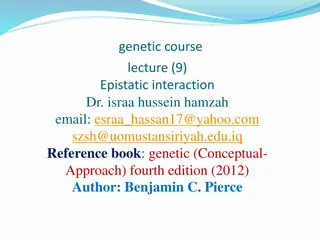
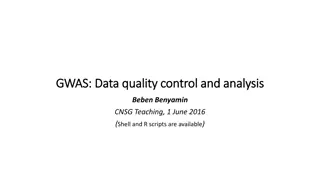
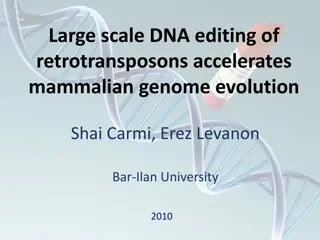
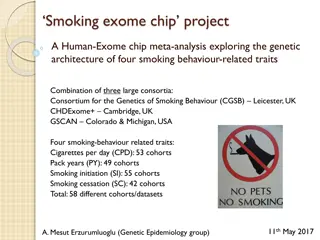
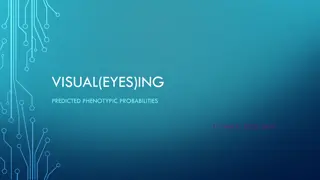
![BCH 462- Biotechnology & Genetic engineering [Practical]](/thumb/273367/bch-462-biotechnology-genetic-engineering-practical.jpg)